The Peace Museum re-opening ‘important’ for Bradford
The re-opening of The Peace Museum will see the city continue to be a centre for peace studies, according to University of Bradford academics.
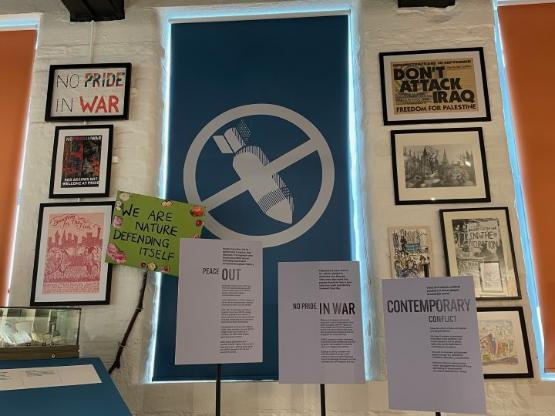
The new site, on the third floor of Salts Mill in Saltaire, features a permanent exhibition which highlights often-untold stories of peace, peacemakers, social reform and peace movements.
It will showcase items including Campaign for Nuclear Disarmament’s original drawings of the peace symbol. The original sketches, designed by Gerald Holtom in 1958, which belong to the Commonweal Collection but are cared for by the University of Bradford.
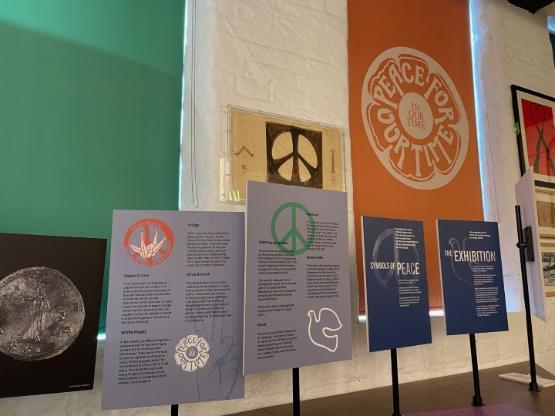
The Peace Museum, which will re-open to the public on Saturday 10 August, includes a retail space, exhibition area, academic research space, toilets and an office area.
The museum’s move from Bradford’s Piece Hall Yard coincides with the 50th anniversary of the University of Bradford’s Department of Peace Studies this year.
Professor Prathivadi Anand, from the Department of Peace Studies at the University of Bradford and The Peace Museum trustee, says the university and the museum will continue to work alongside each other.
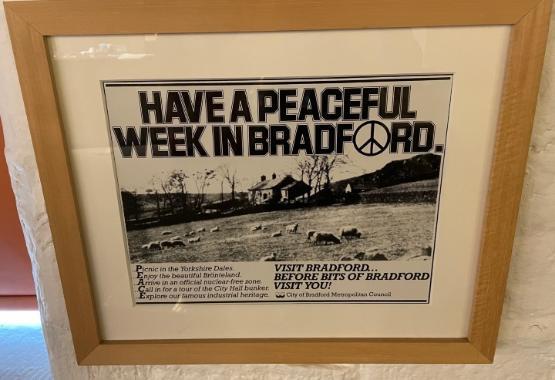
He said: “The opening of The Peace Museum in its new location is an important event for the university and the City of Bradford.
“If the founding of the Department of Peace Studies at the university in 1973 has been a uniquely important event for the academic advancement of understanding and thinking about peace, the development of The Peace Museum in Bradford a couple of decades later has been important to advance public understanding of peace and the important roles of arts, literature, protests and public or collective action for peace.
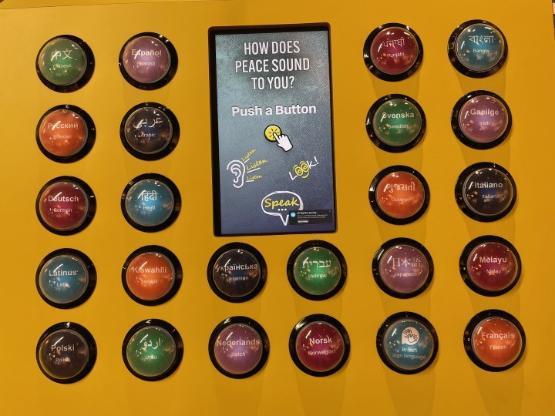
“As a trustee of The Peace Museum I hope to provide this academic link to the university and bring our collaborative and collective efforts to continue Bradford's pre-eminence as a centre for peace studies, inclusive and sustainable development.”
Professor Anand hopes university staff and students can link up with the museum by being volunteers and taking part in research.
He added: “Through The Peace Museum, we hope to bring many opportunities for our staff and students to be able to volunteer and also participate in research, networking, active learning and co-creation of new initiatives to promote peace education and youth leadership for global issues such as climate emergency or local issues such as better cohesion."
Dr Rhys Kelly, Head of the Department of Peace Studies and International Development at the University of Bradford, said: “Museums for Peace have a really important role in preserving and communicating parts of our social history that may be less acknowledged or mainstream including, of course, histories of struggle for social justice and equality.
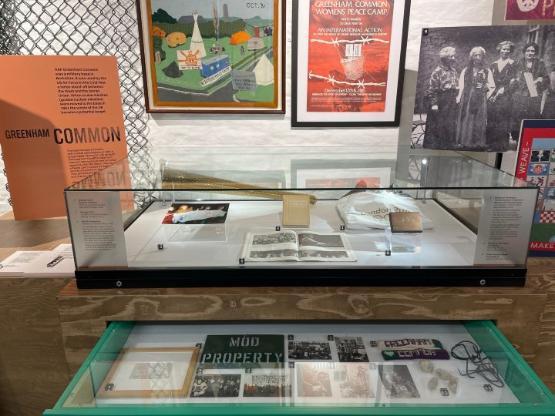
“It is wonderful to see this new chapter for Bradford's Peace Museum and the opportunity it has to reach a much wider audience. It is also a great opportunity for further collaboration between the University and the Peace Museum, including through connecting our students and global alumni to this initiative. I look forward to working together much more in the future.”
Professor Paul Rogers, Emeritus Professor of Peace Studies at the University of Bradford, said: "Across the country there are scores of war museums. They include specific battles and branches of the armed forces as well as the many regimental museums.
“In comparison, peace museums are few and far between, even though there is so much to learn about the potential for building more peaceful societies.
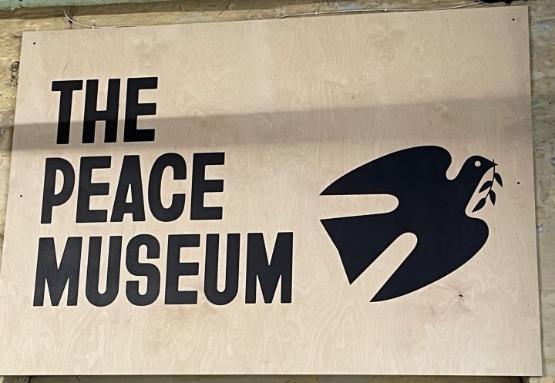
“It is in this context that the expansion of The Peace Museum into a fully-fledged national centre is hugely welcome and also a great addition to Bradford's cultural environment."
Following an online fundraising campaign, The Peace Museum announced in 2021 that the site would be moving to Salts Mill.
The Peace Museum, founded in 1994, received a National Lottery Heritage Fund grant of £245,651 towards its ‘IMAGINE: Creating The Peace Museum of the Future’ project, to create new galleries and education spaces at its new home.
It opened in 1998 and is the only UK museum dedicated to peace. It holds a variety of artefacts linked to the peace movement, from protest banners to letters and posters.
The Peace Museum spokesperson said: “We are delighted to be re-opening the museum to the public.
“We are happy to build on our relationship with the University of Bradford, as we continue to present Bradford as a renowned centre for peace studies and inclusion.”
The Peace Museum is open every Wednesday to Sunday, between 10:00 and 16:00, and closed every Monday and Tuesday.
